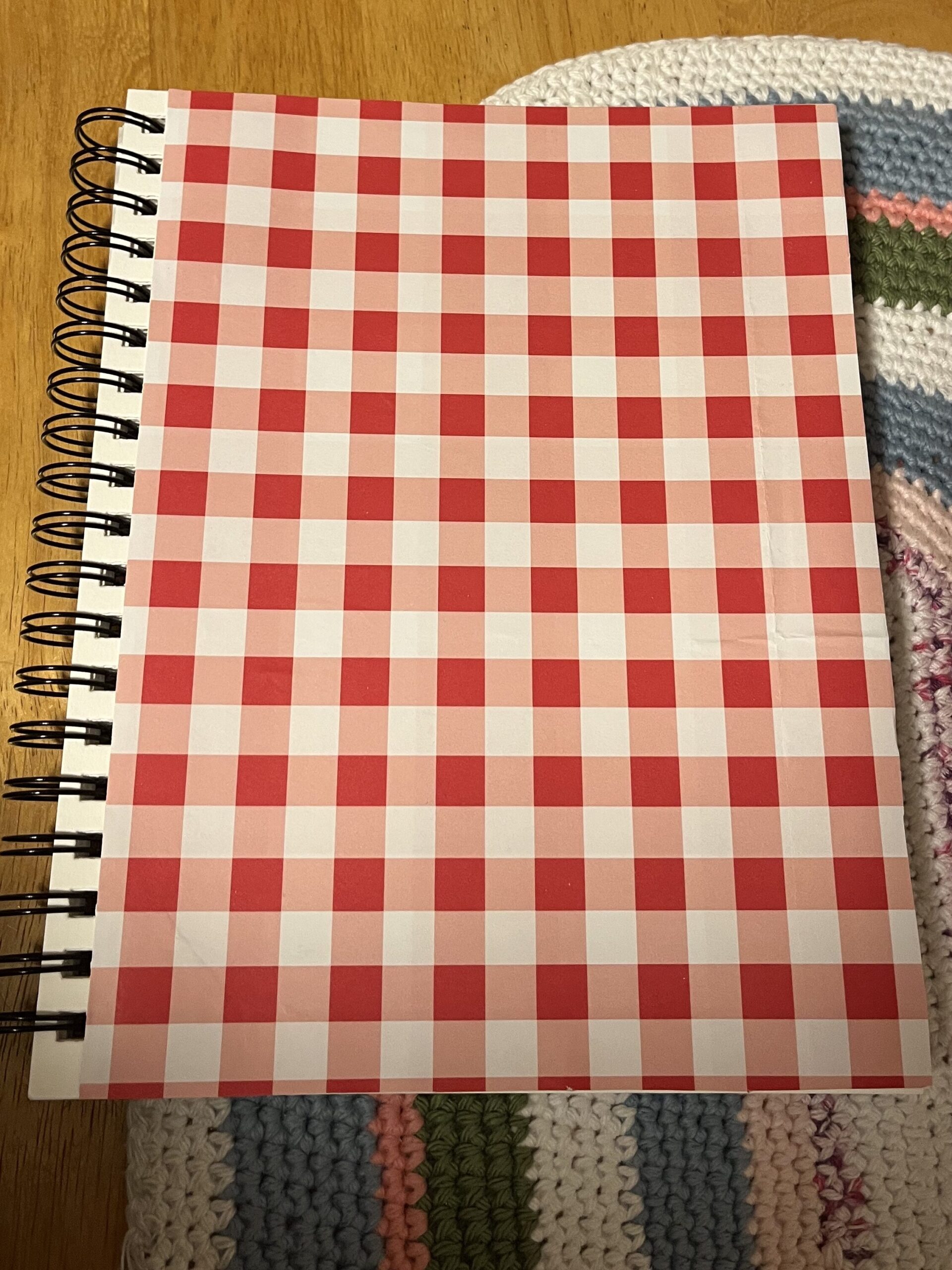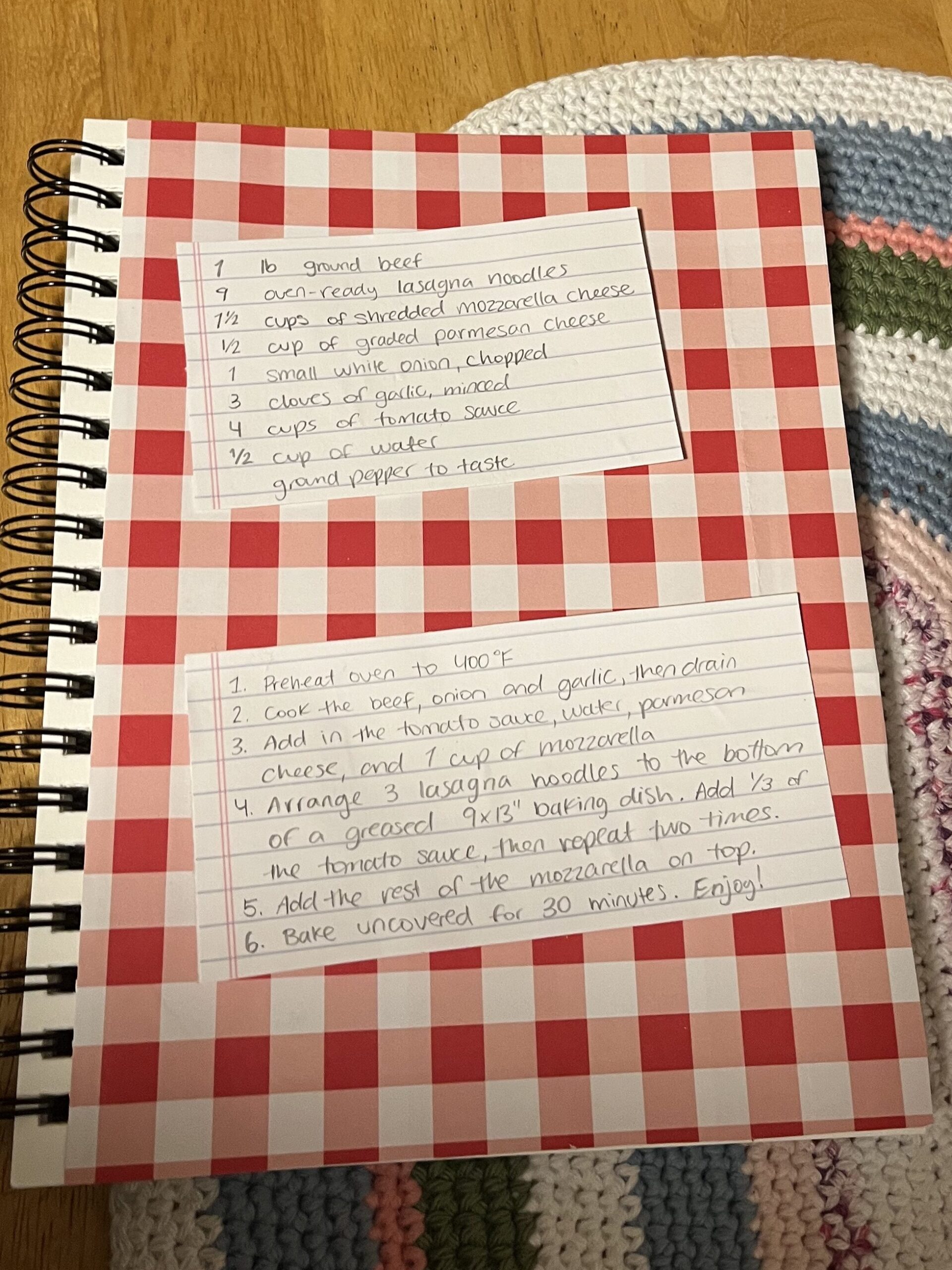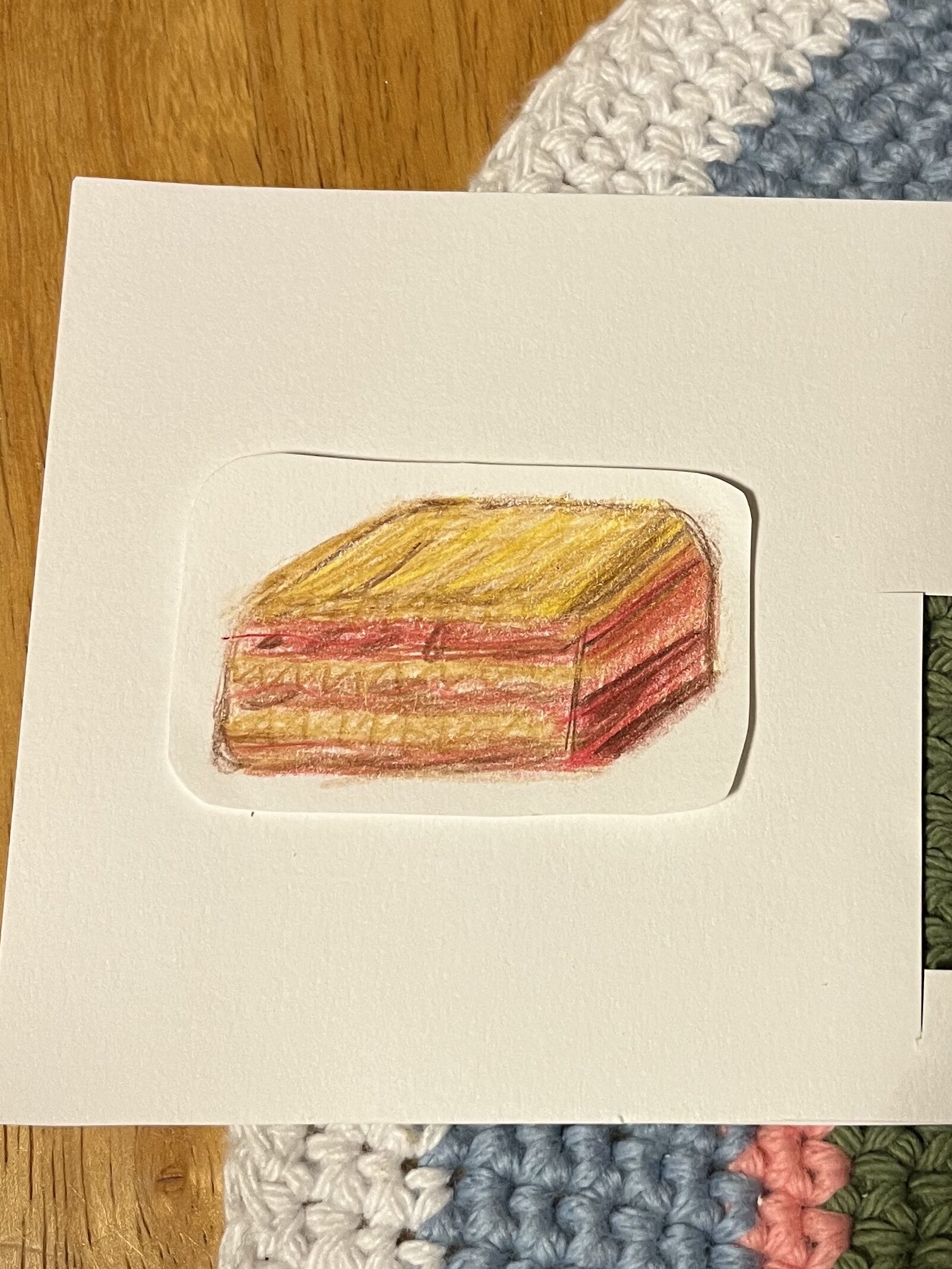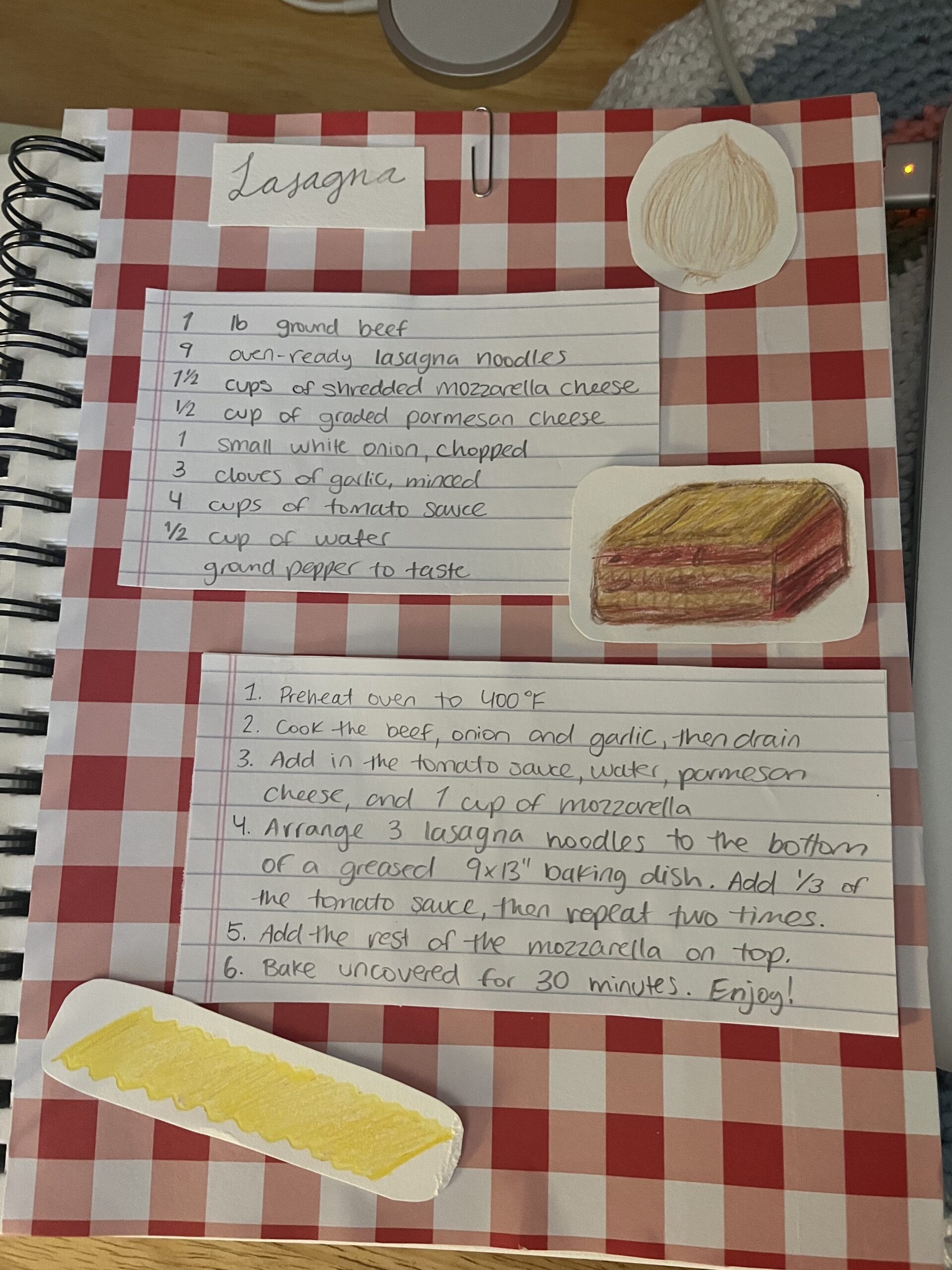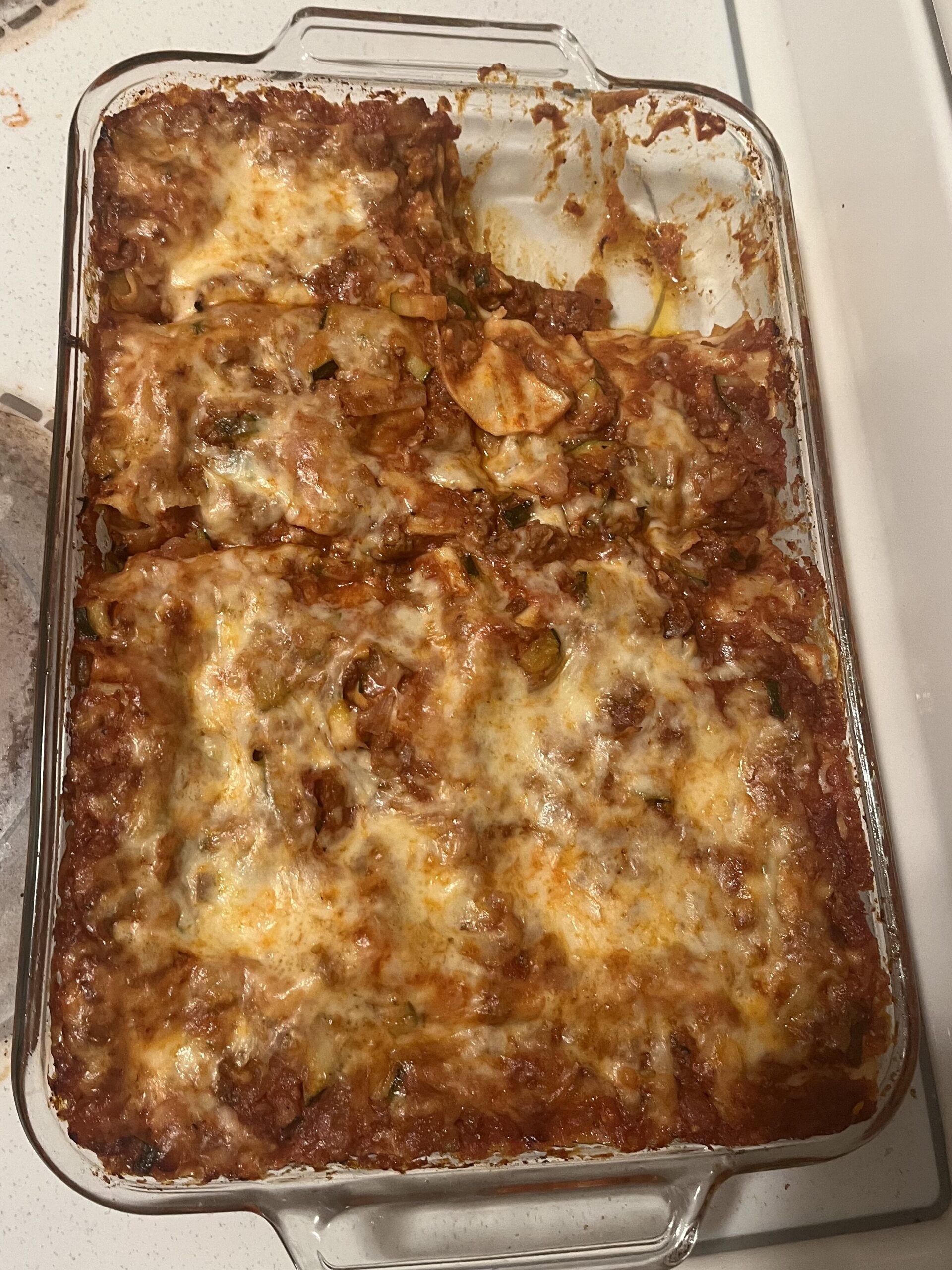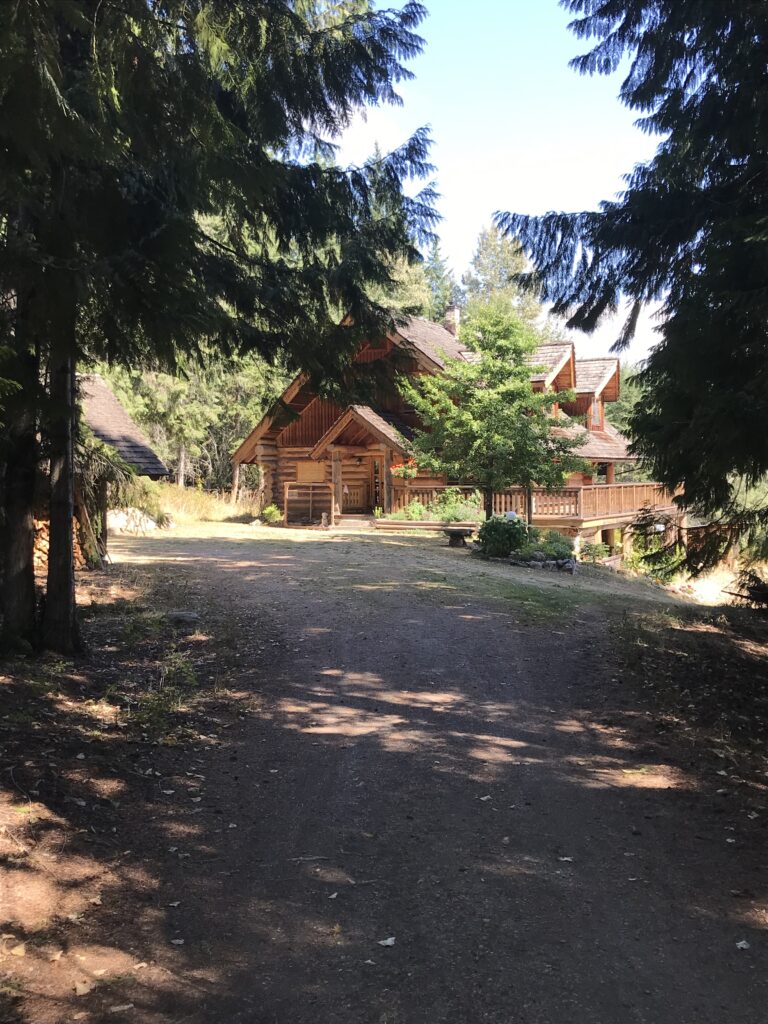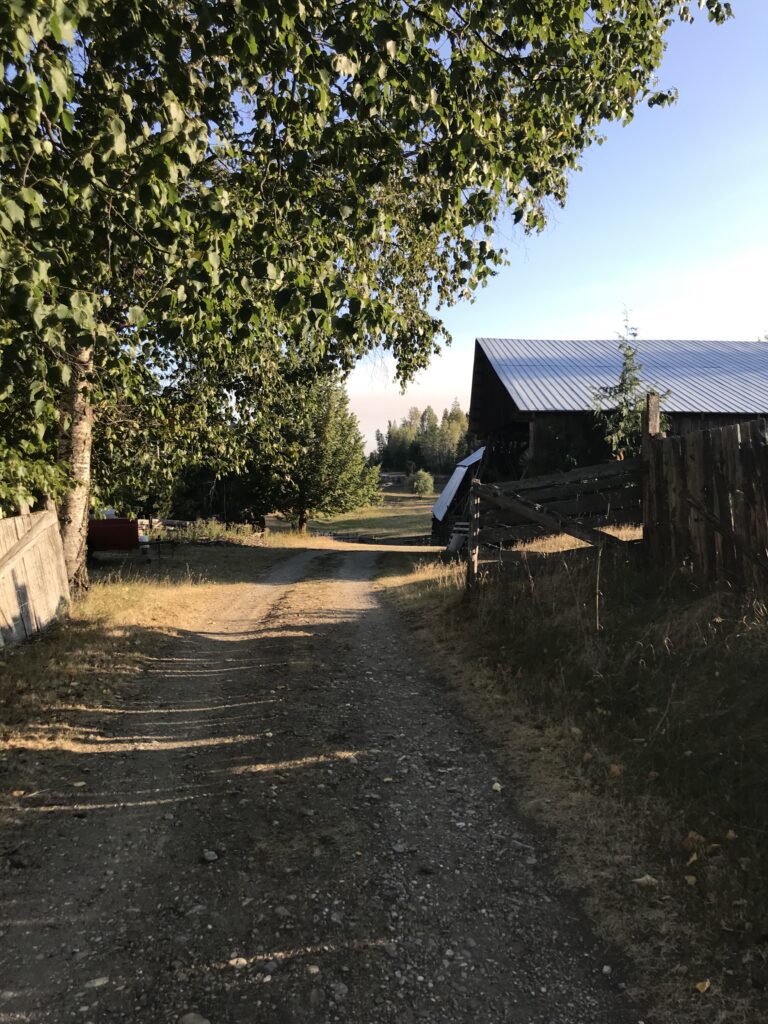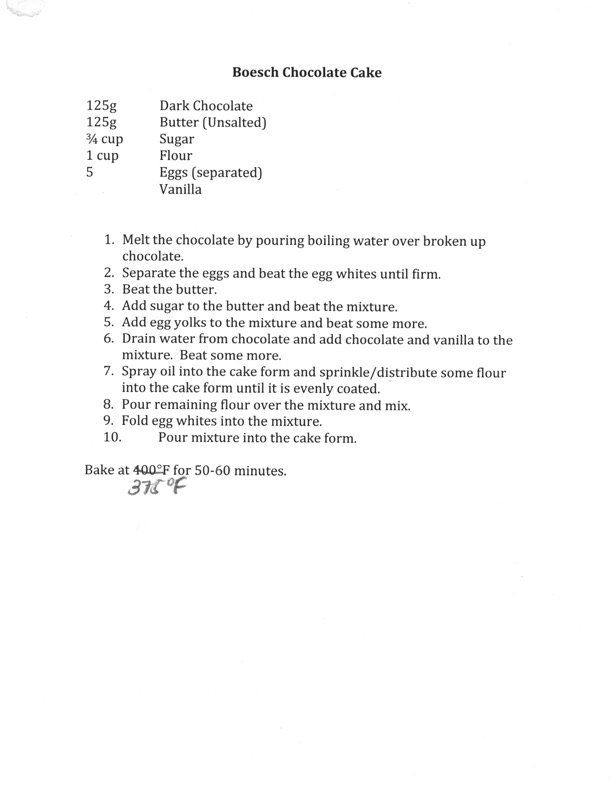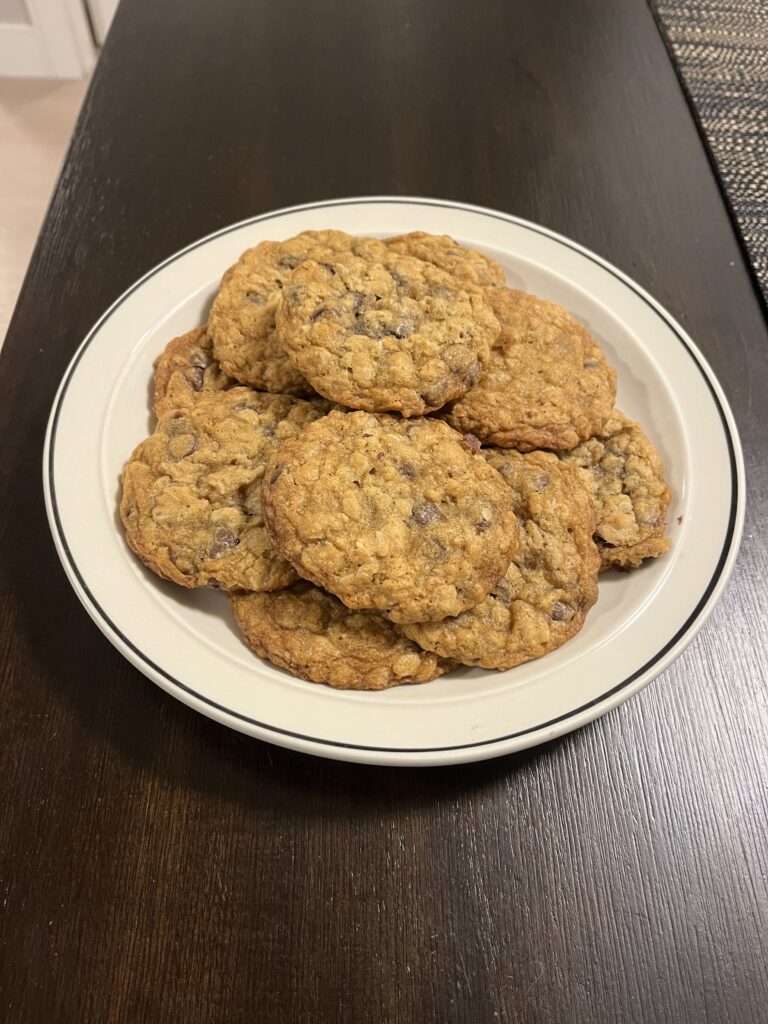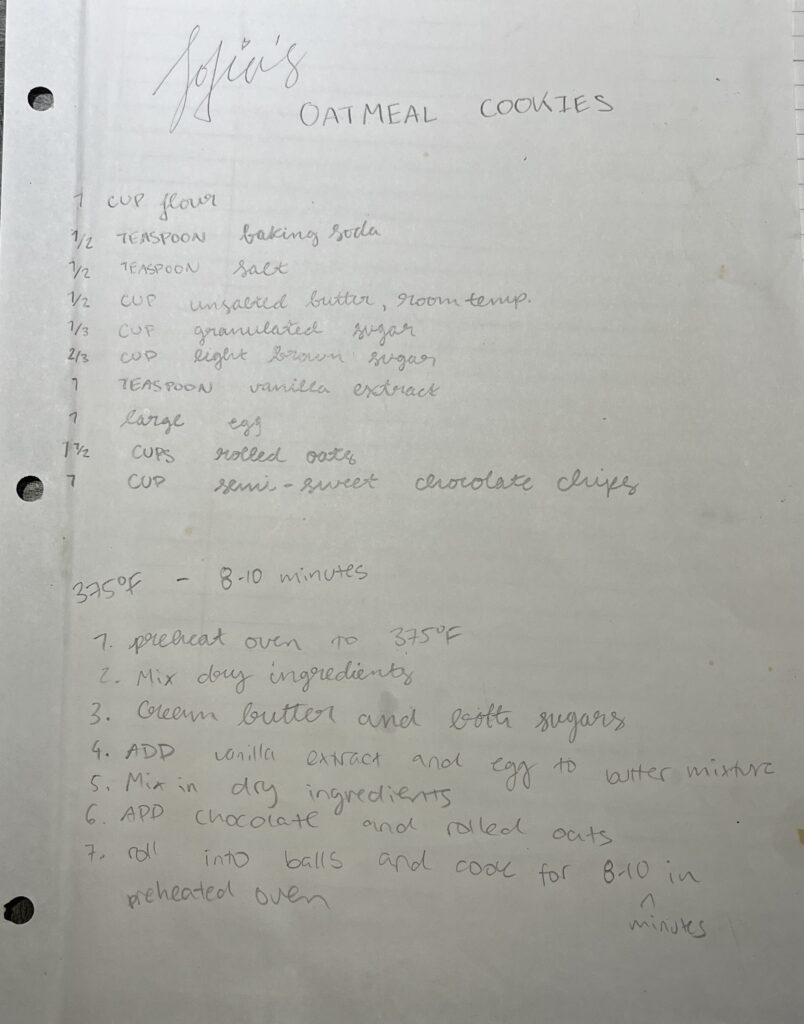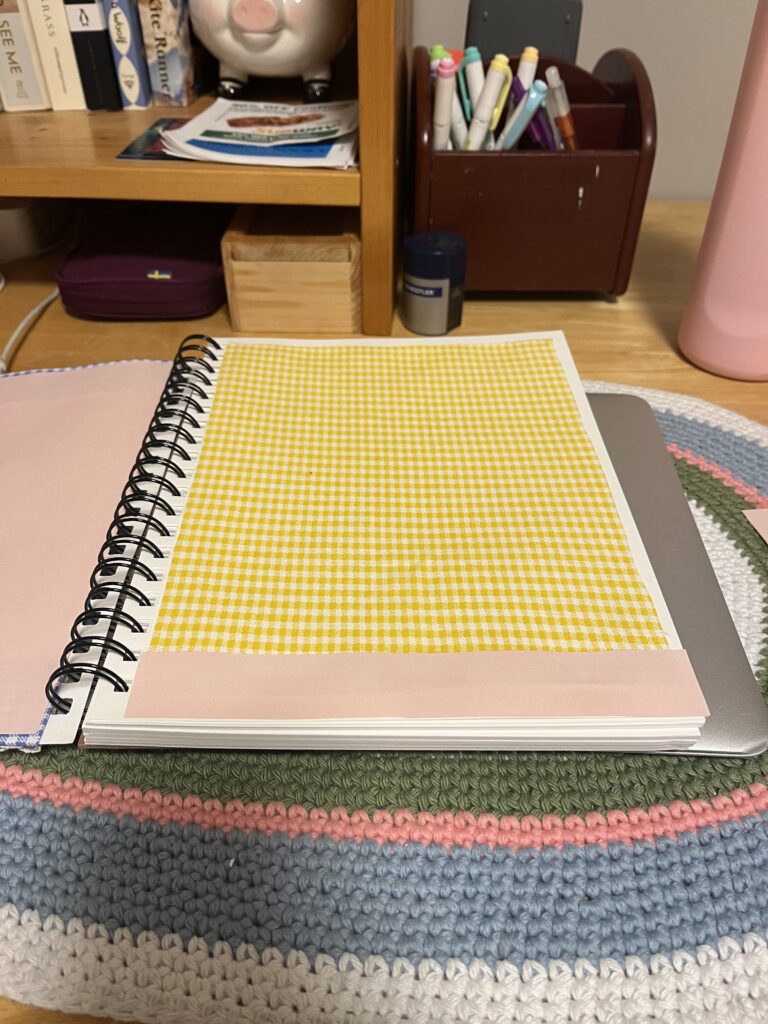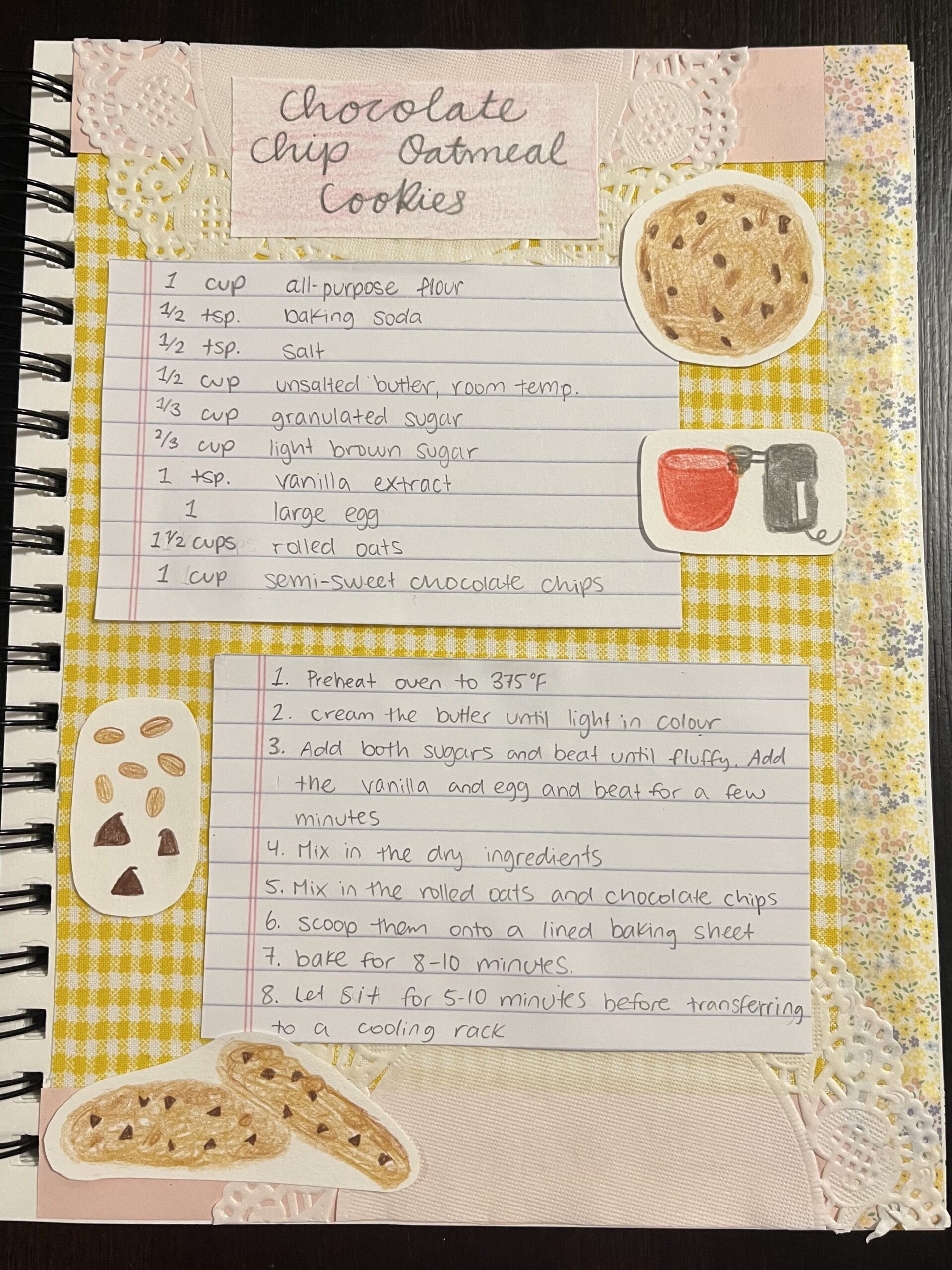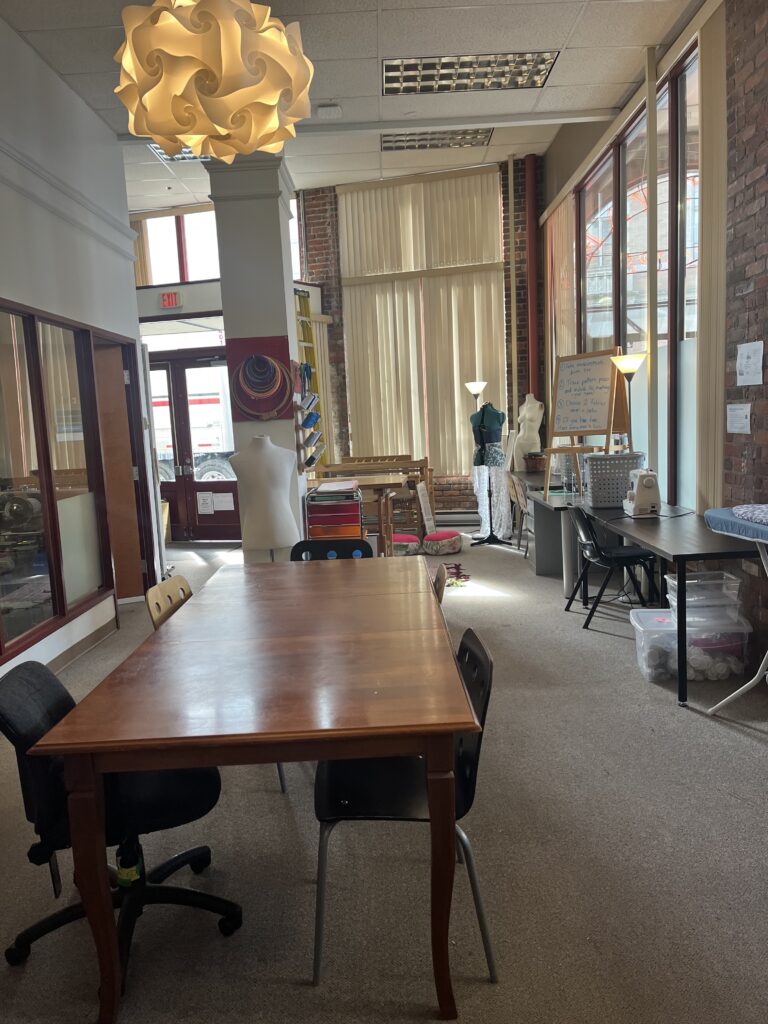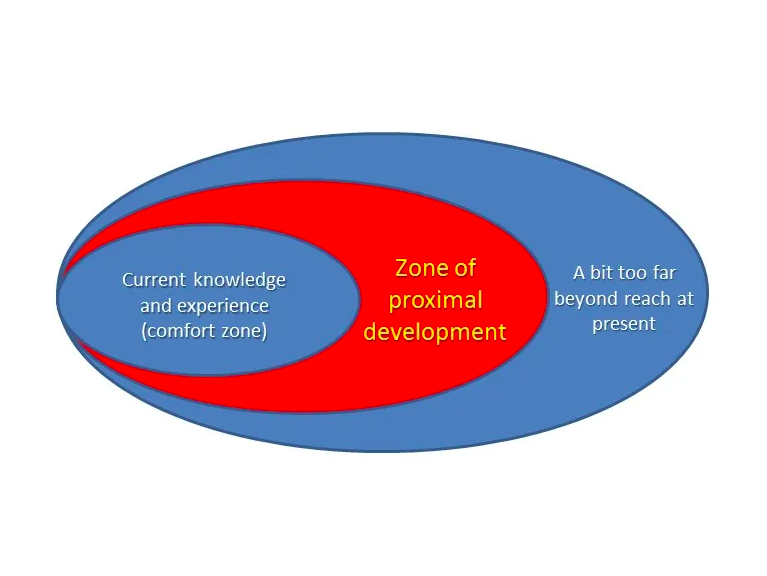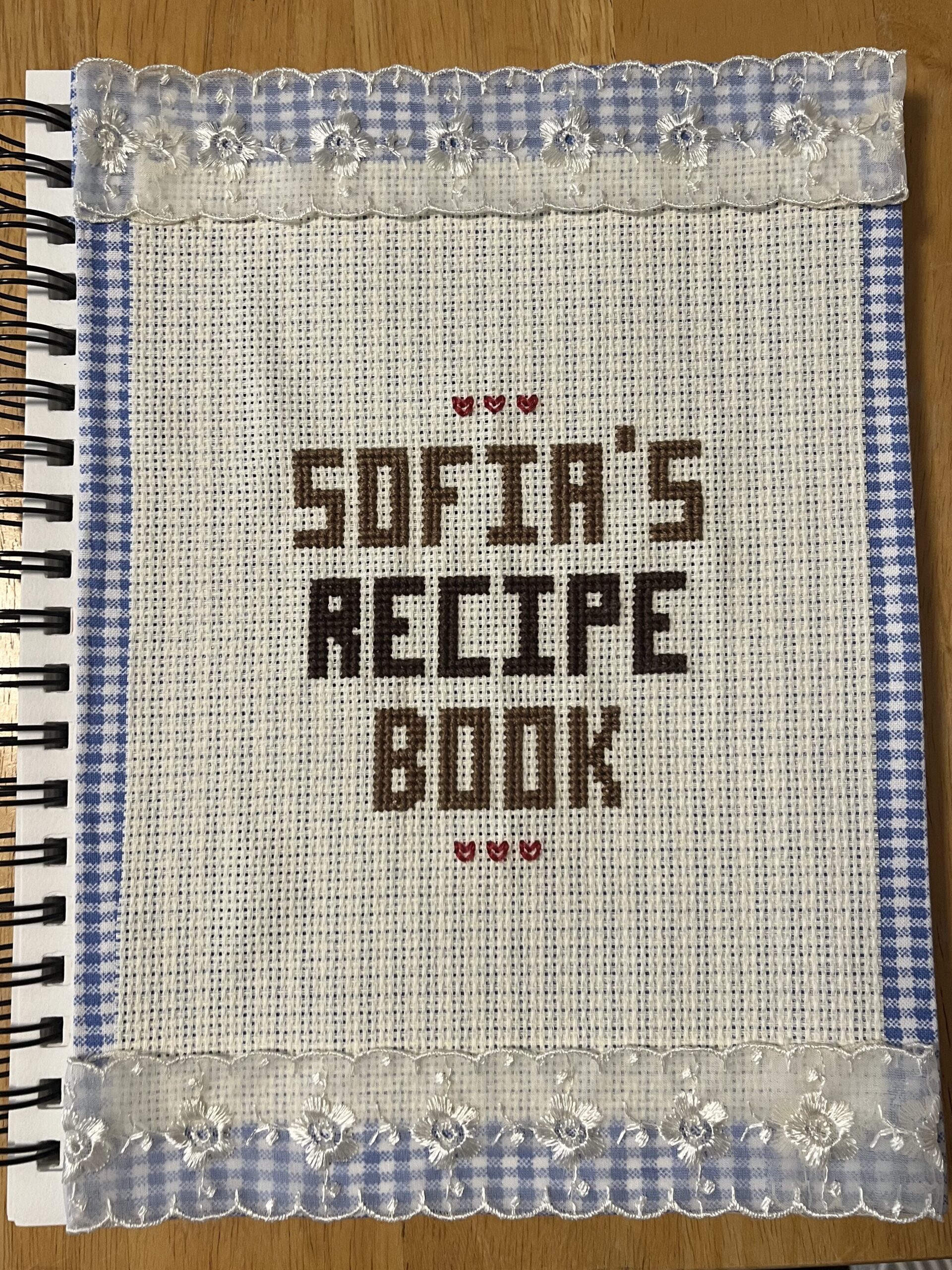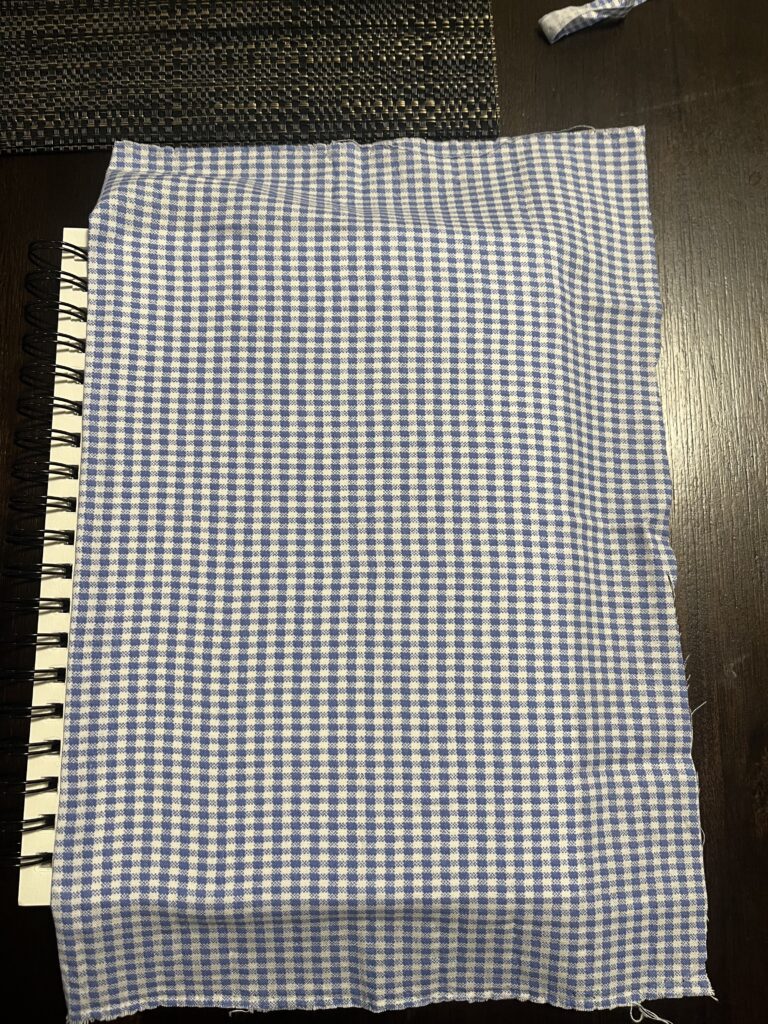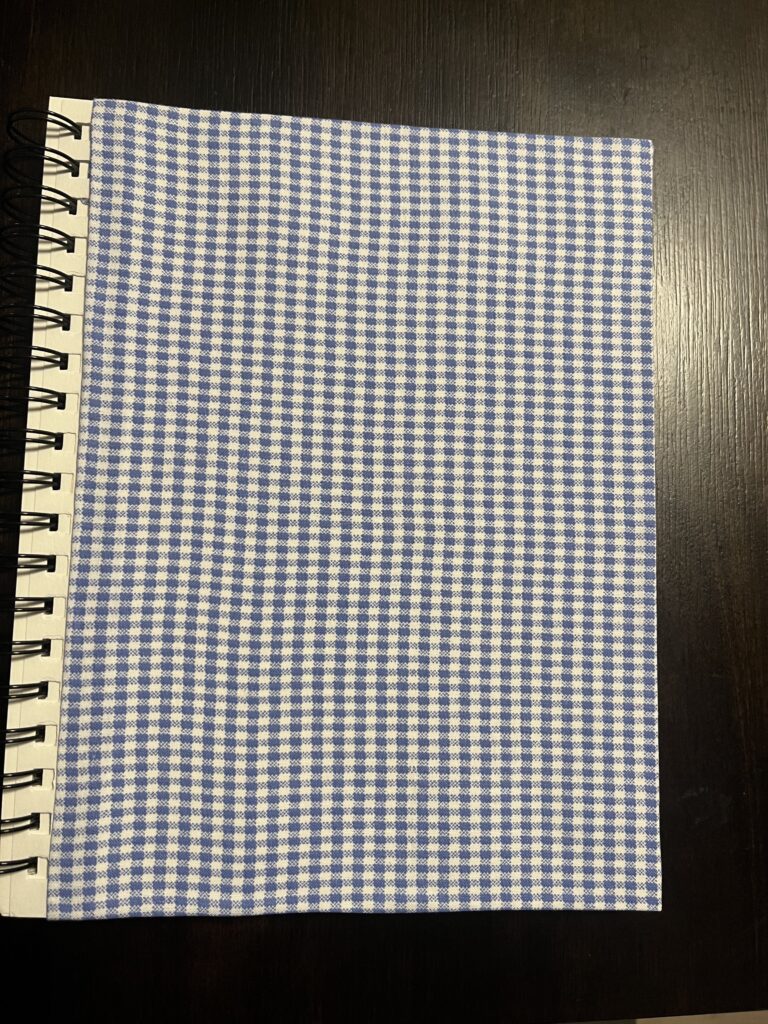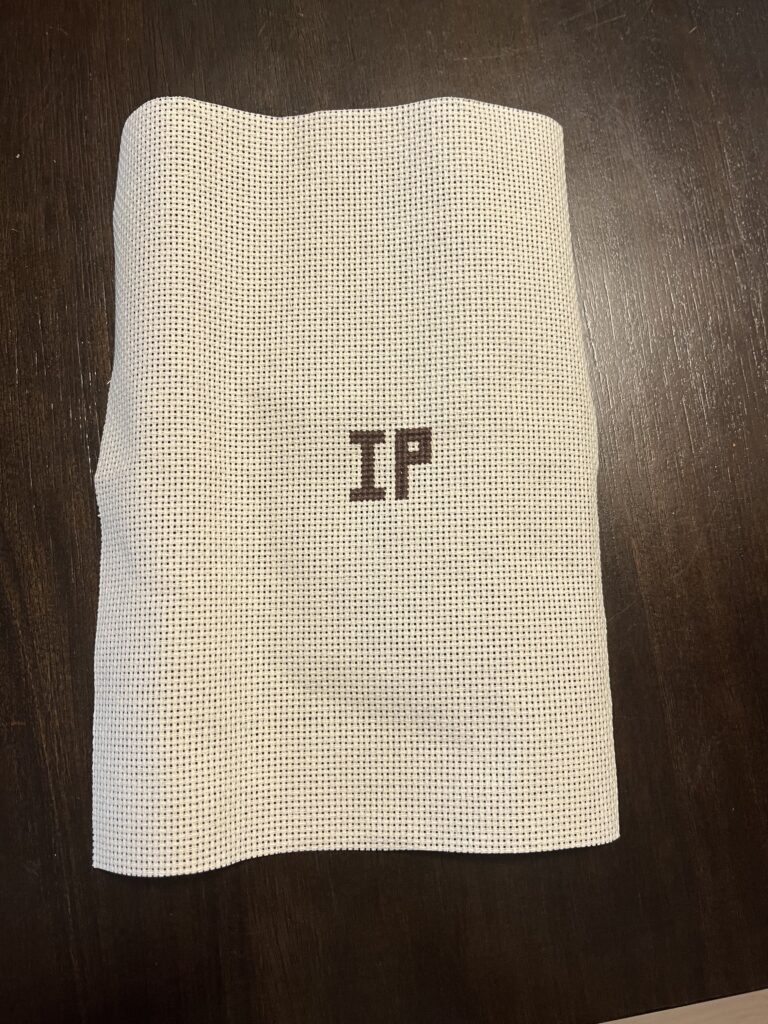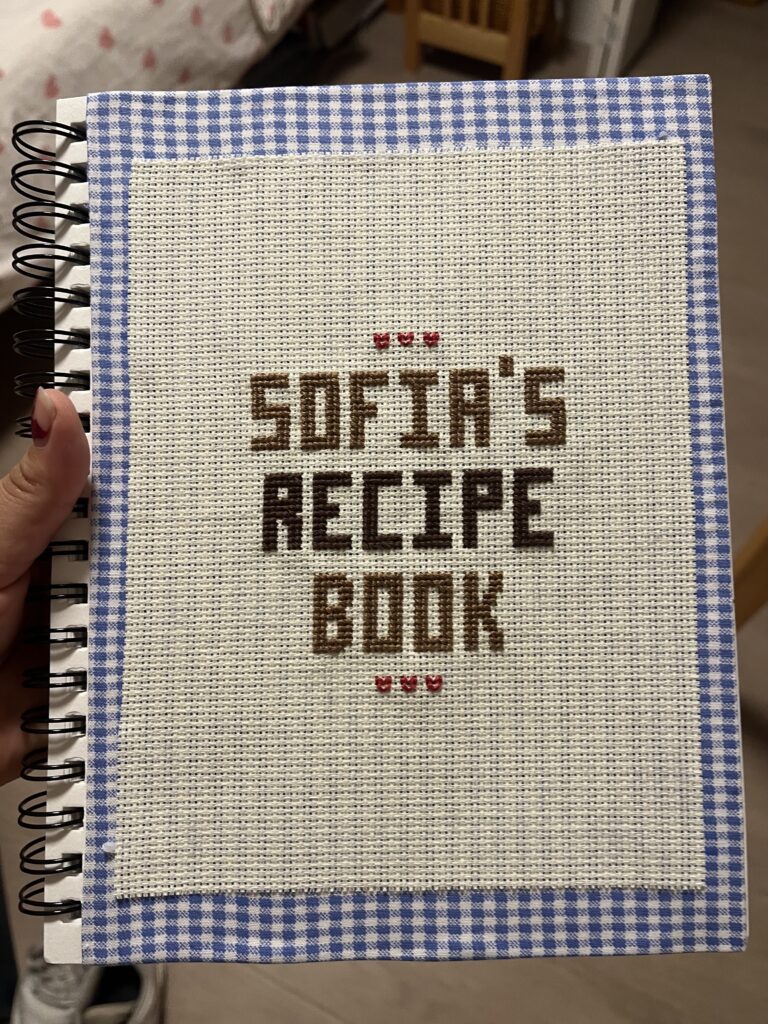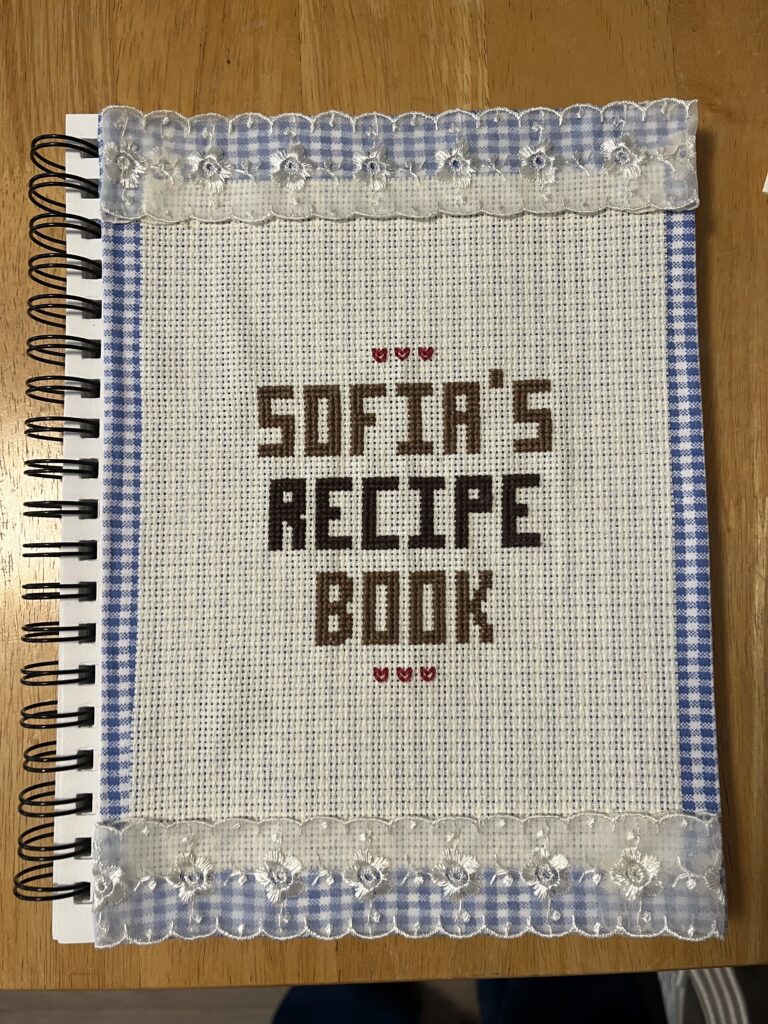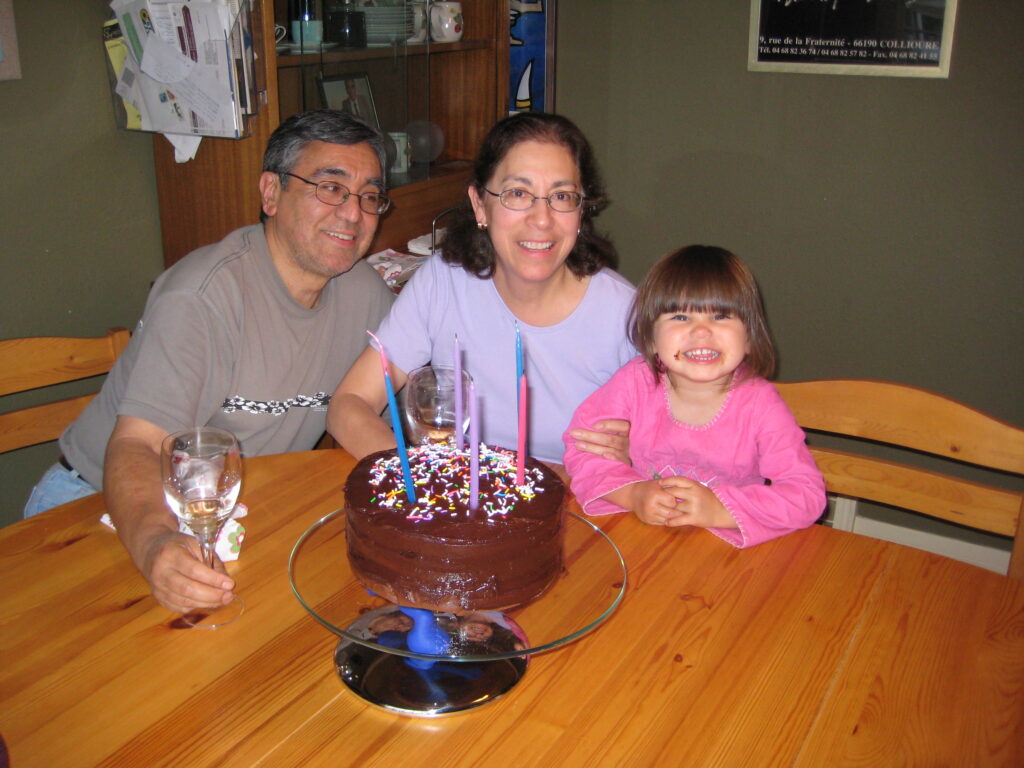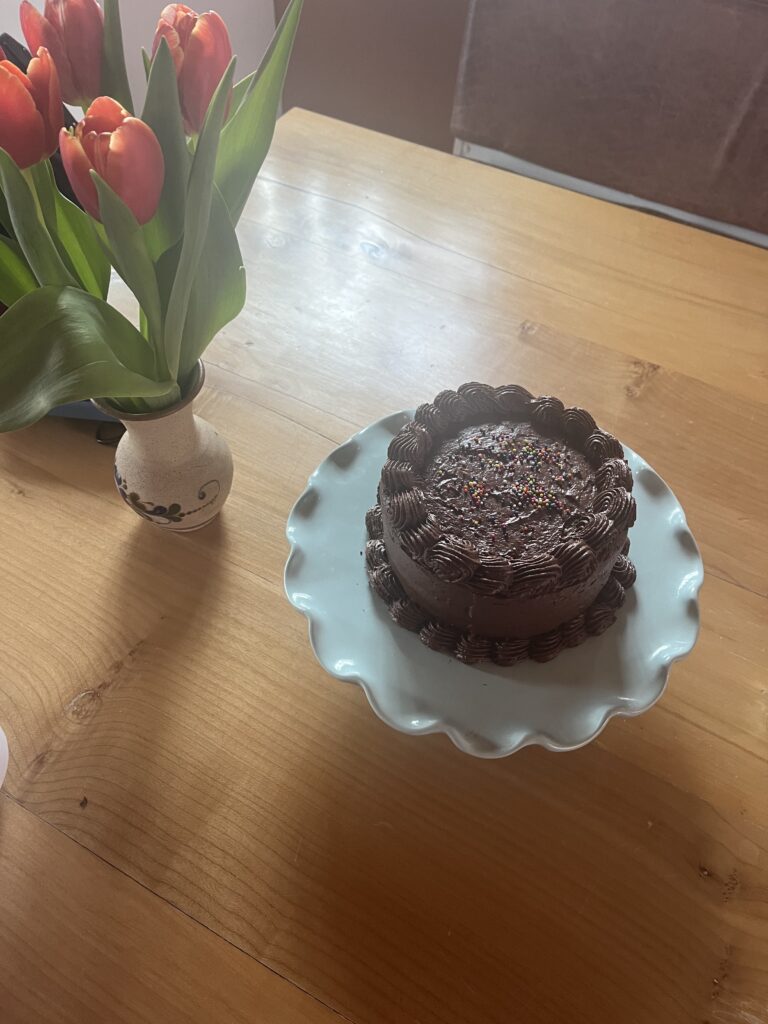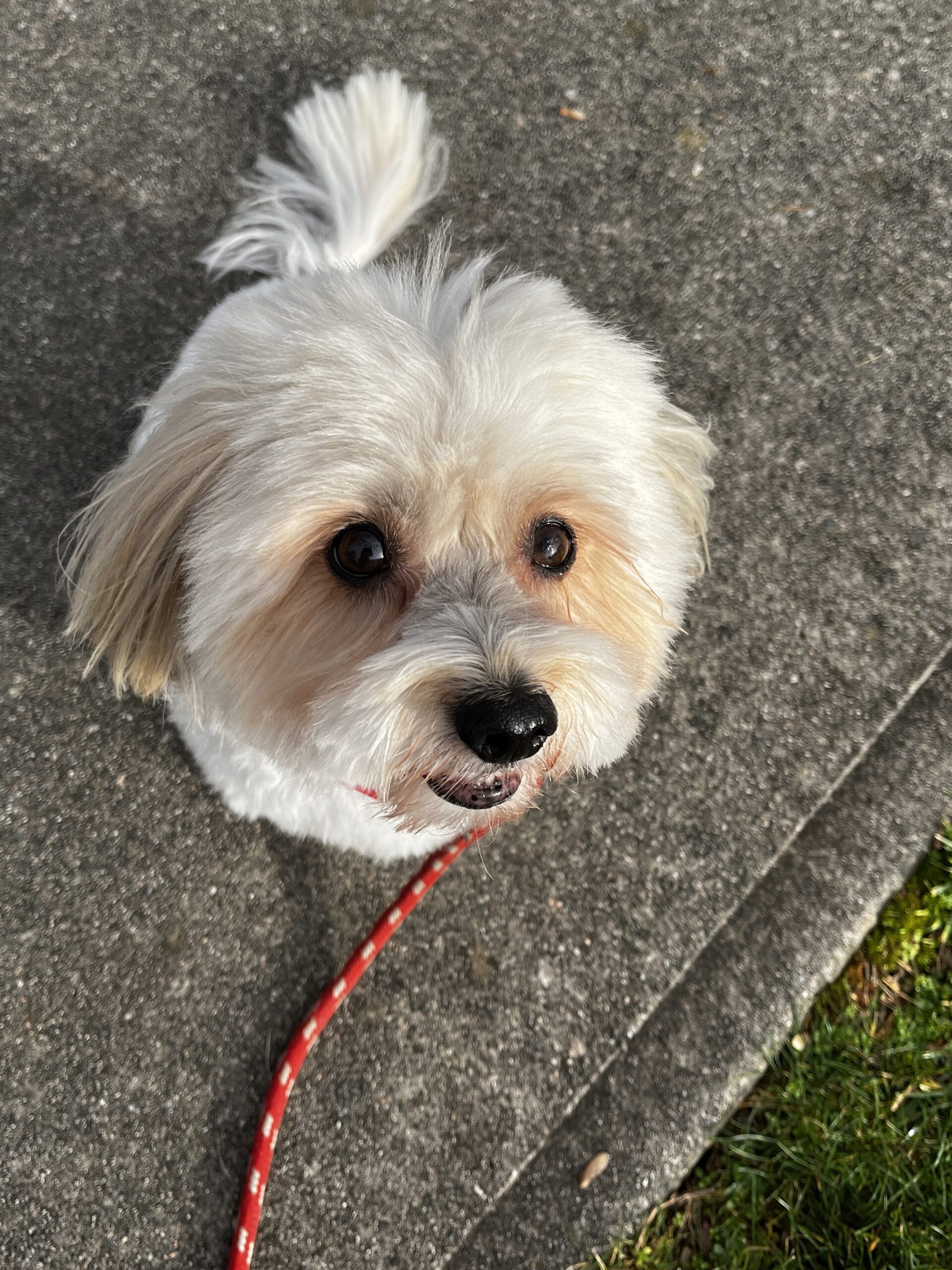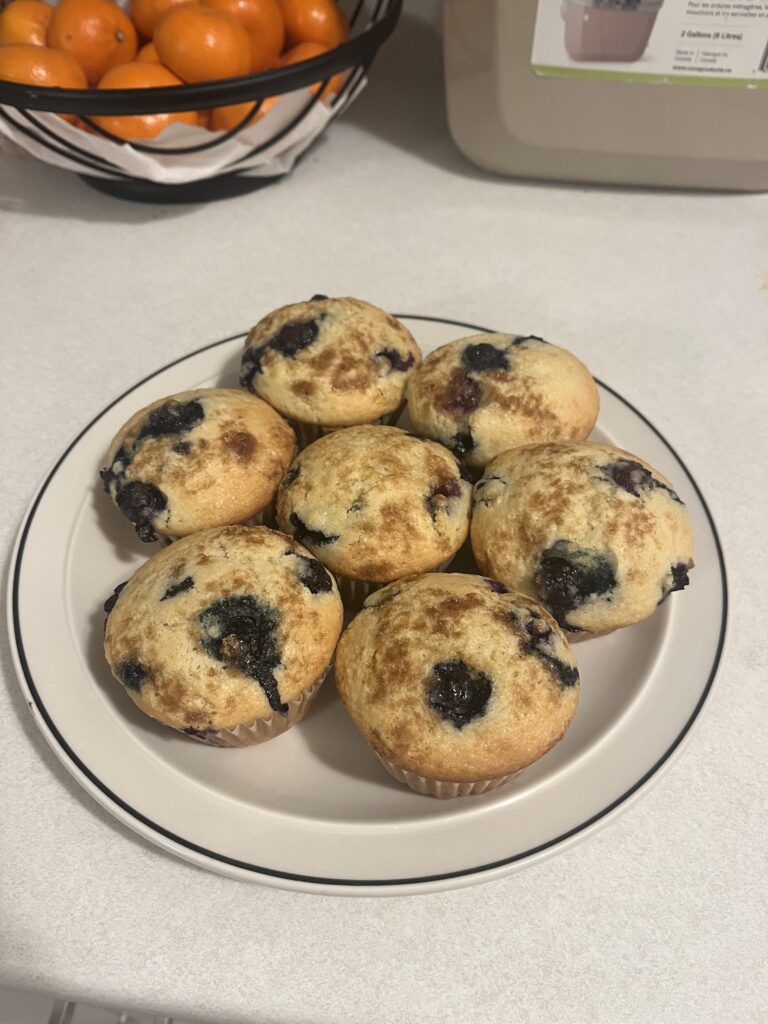
This week I worked on the page for my blueberry muffin recipe! It’s been a while since I made them, but once I took them out of the oven, I was reminded of how much I love them! They are light, fluffy, and not too sweet, with the bonus of incorporating fresh berries! After learning my lesson with the chocolate chip cookies, I made sure to pay extra attention to the labels on my measuring spoons. I also made sure to bake the muffins before writing out the instructions and ingredients to pay attention to the unwritten things I do when I bake.
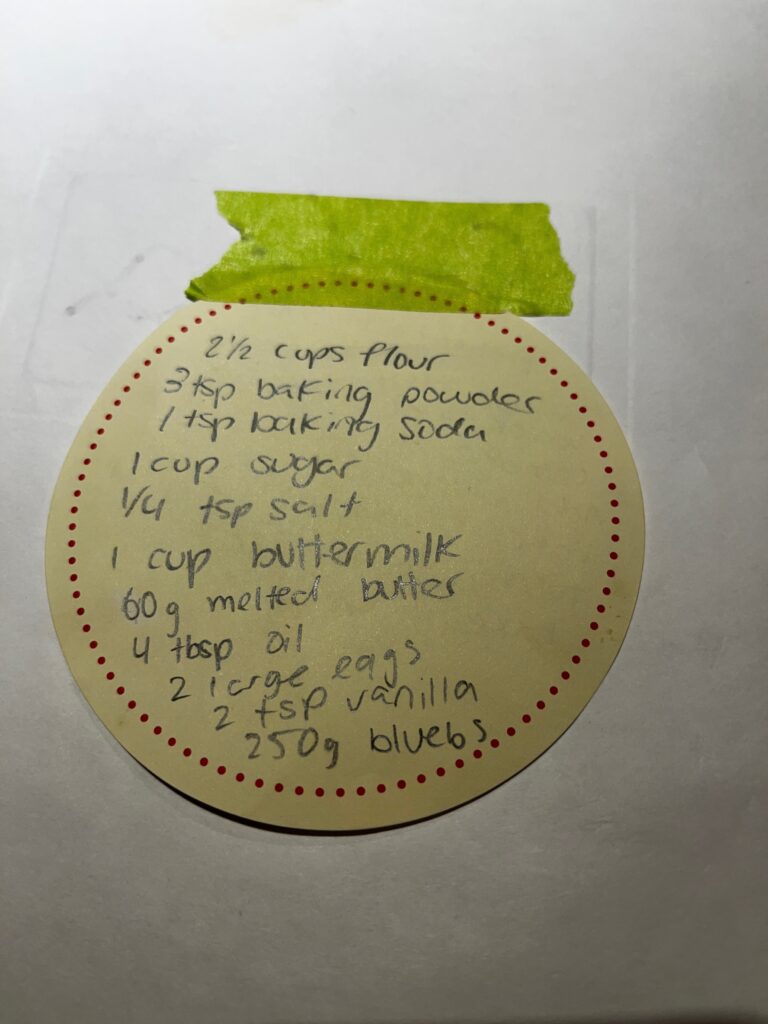

Above are some photos of my original recipe page from back home. I am really glad to be making this recipe book page because the previous state of this recipe was a little post-it note on my fridge. The instructions were also very brief, to the point where I sometimes didn’t remember what I meant. So when rewriting the recipe, I took care to elaborate a little bit more.
On the new recipe page, I did include a new ingredient, brown sugar. I specified that its optional because it really is just for decoration on the top of the muffins. I like to add a little bit on top to add to the golden brown look of the muffins, and it makes the top a little more crunchy. I also changed the baking time and instructions. The original recipe had the oven preheated to 390°F, to bake for 5 minutes, then to turn it down to 350°F for another 13 minutes. I decided to change this for simplicity. The new instructions are to preheat the oven to 350°F and to bake the muffins for 22 minutes.
I started the page with my usual process: to pick a background material. This time I picked blue gingham, the same as for the cover page. I chose it becase I wanted something blue for blueberries. For the next parts, I wanted to try something different than for my previous pages to mix things up. When I was first preparing my materials for this project, I bought an old cookbook from the thrift store that has lots of cool culinary pictures and beautiful patterns. My new idea was to cut out some of the patterned plates from the staged pictures and write out my ingredients and instructions on them.
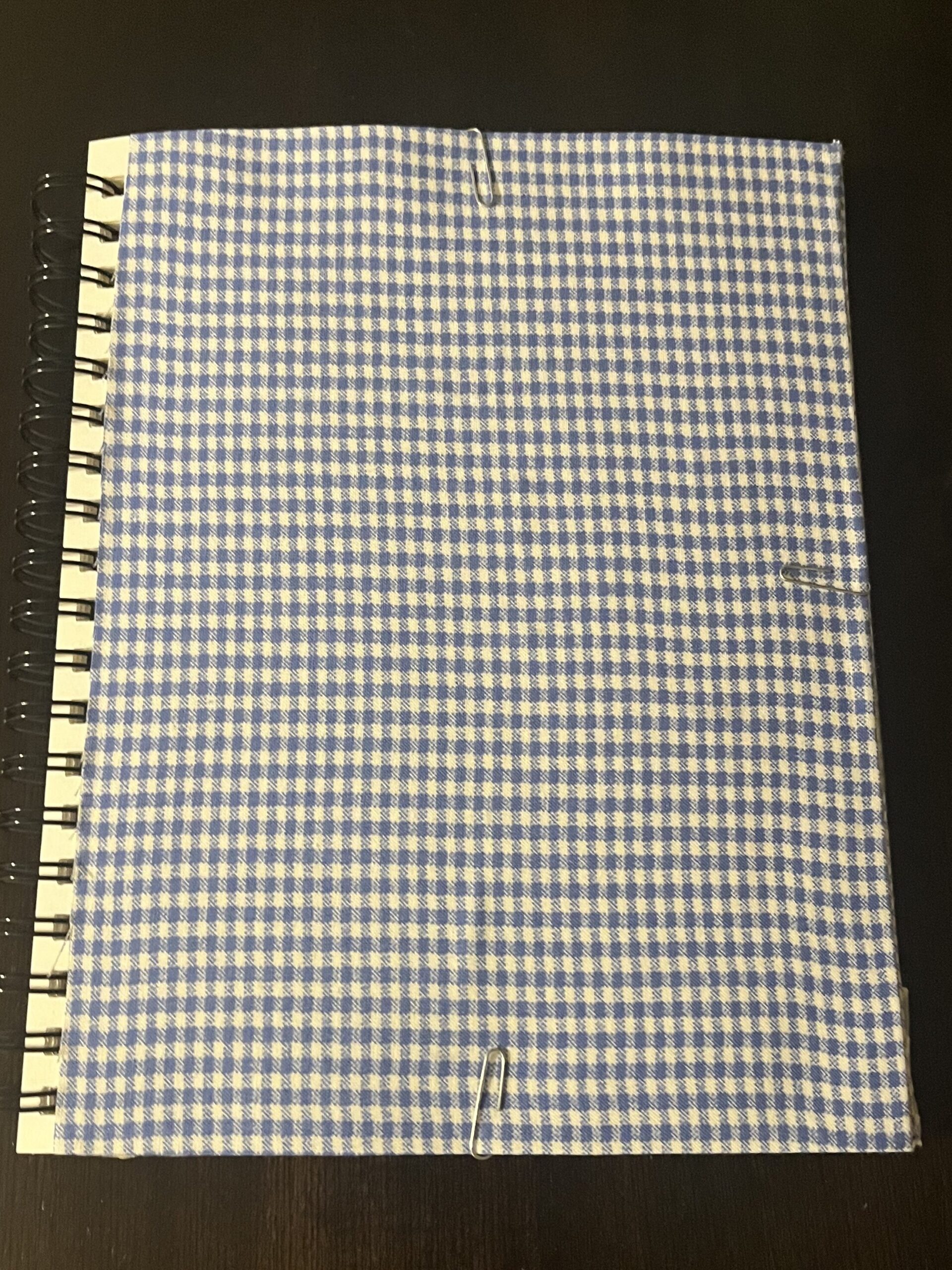
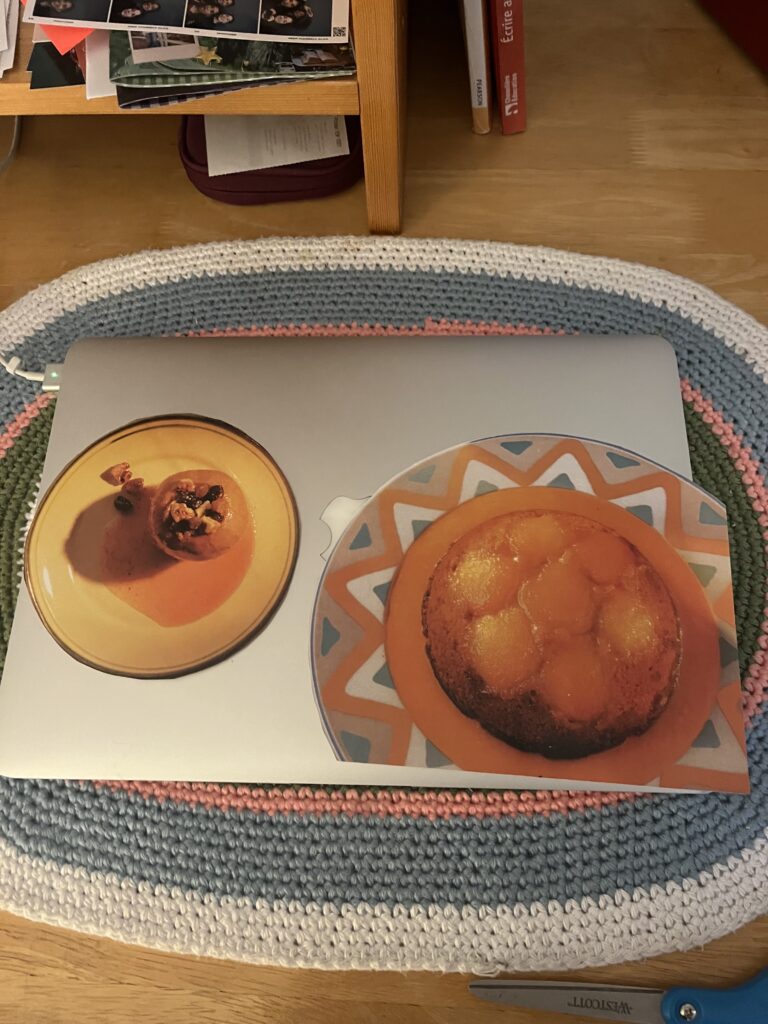
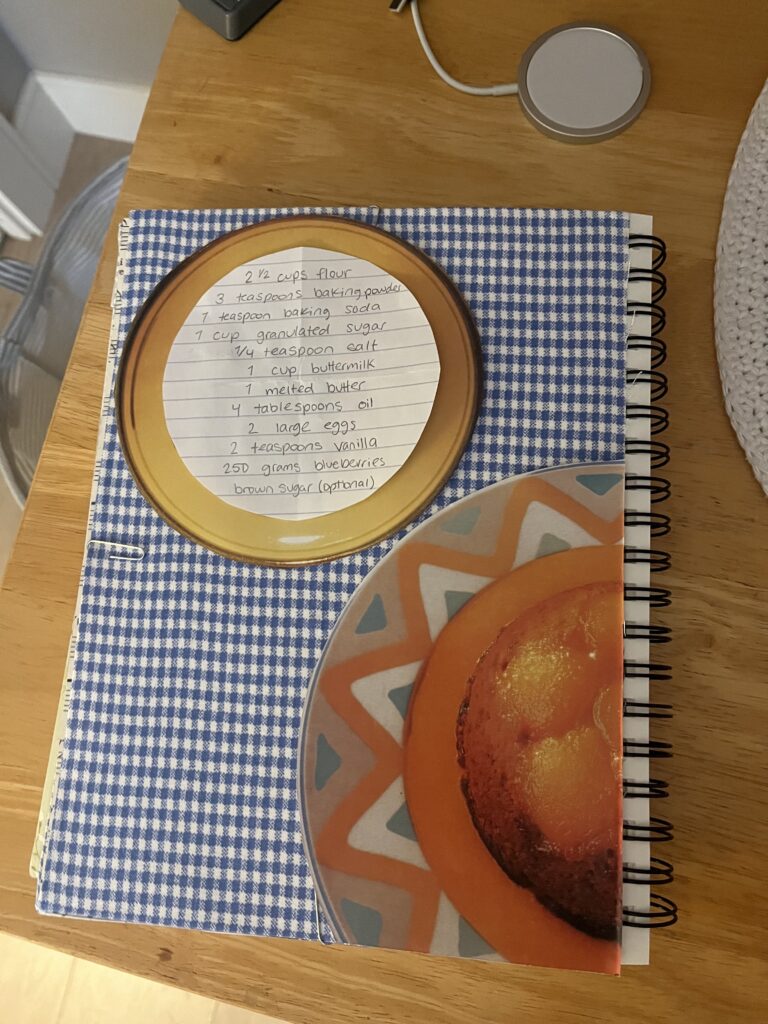
After I cut out the plates, I cut some pieces of lined paper to fit, then wrote out my instructions and ingredients. The next step was to make a title card. I took another flip through the cookbook and found a pattern that I liked and I thought matched the other colours on the page. I cut a small piece out and glued my recipe title to it.
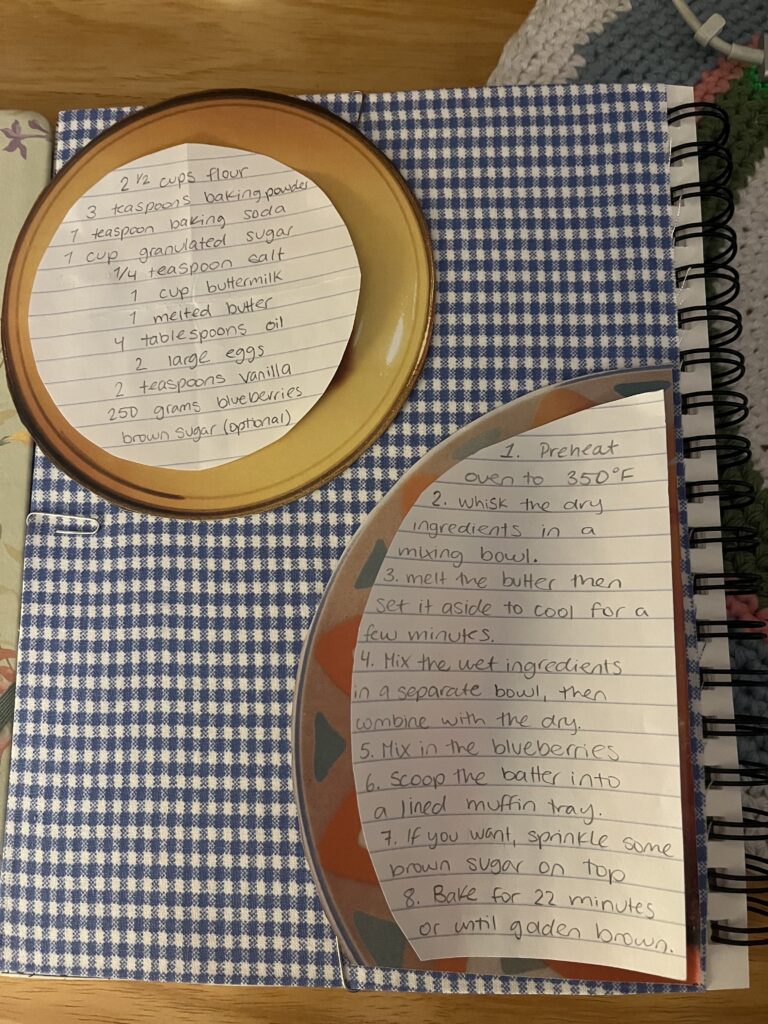
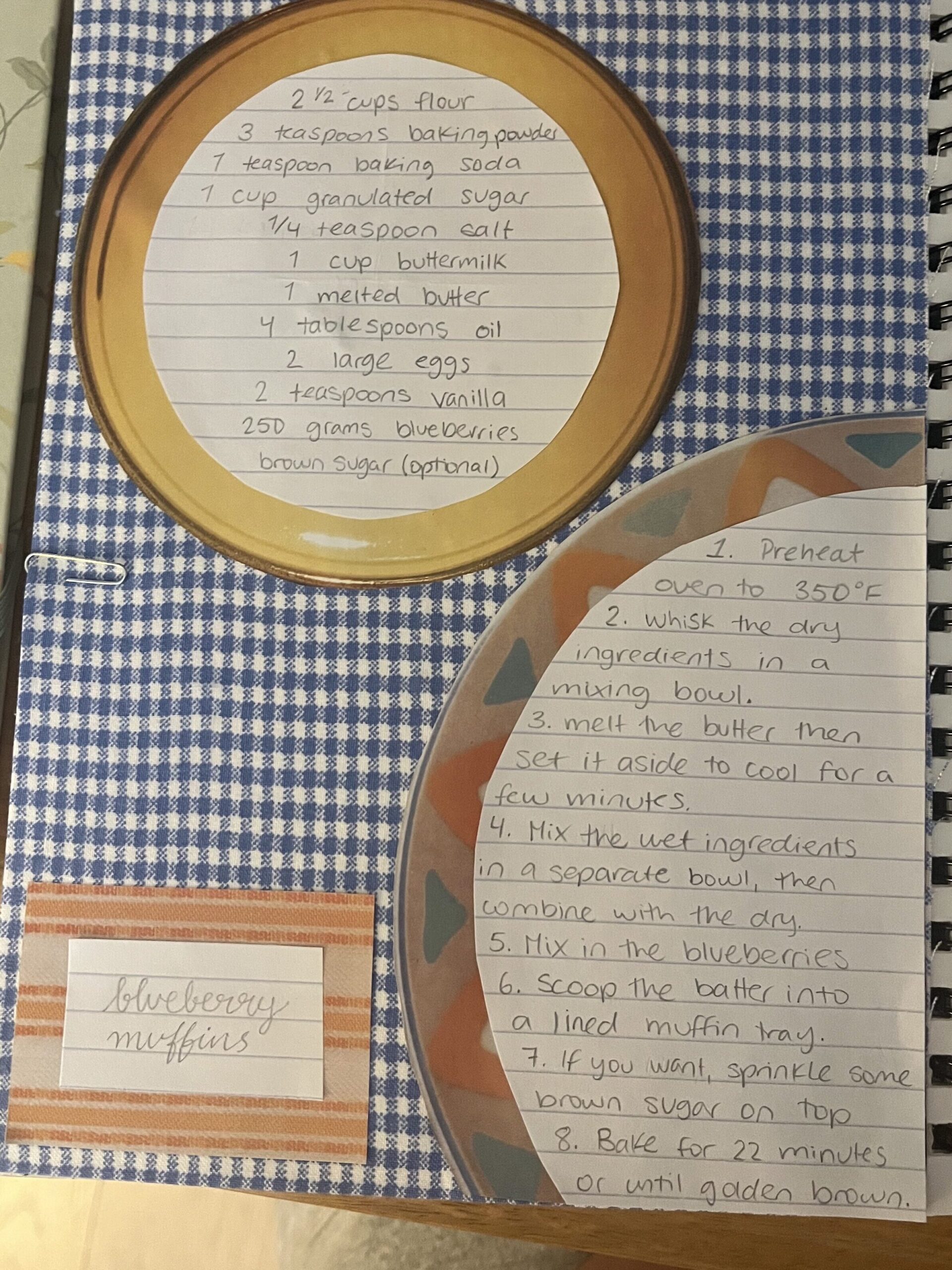

For my drawings, I decided to do one blueberry muffin and one single blueberry. I positioned all of my elements on the page and once I decided on an arrangement that I liked, I glued them down.
I’m really happy with how the page turned out and I am definitely going to use more patterns from the cookbook for future pages. The muffins turned out great as well! Next week, I will be making a year-round favourite of mine: Apple Crisp!
— Sofia 🎀


